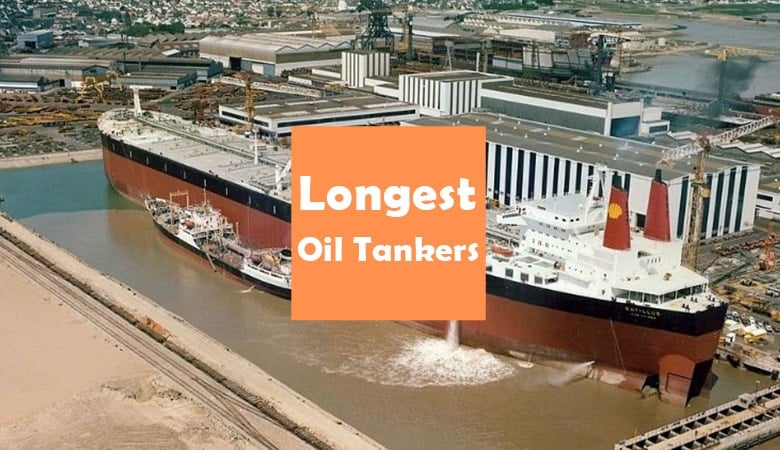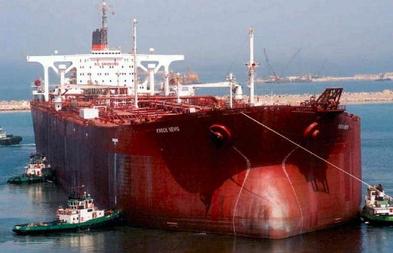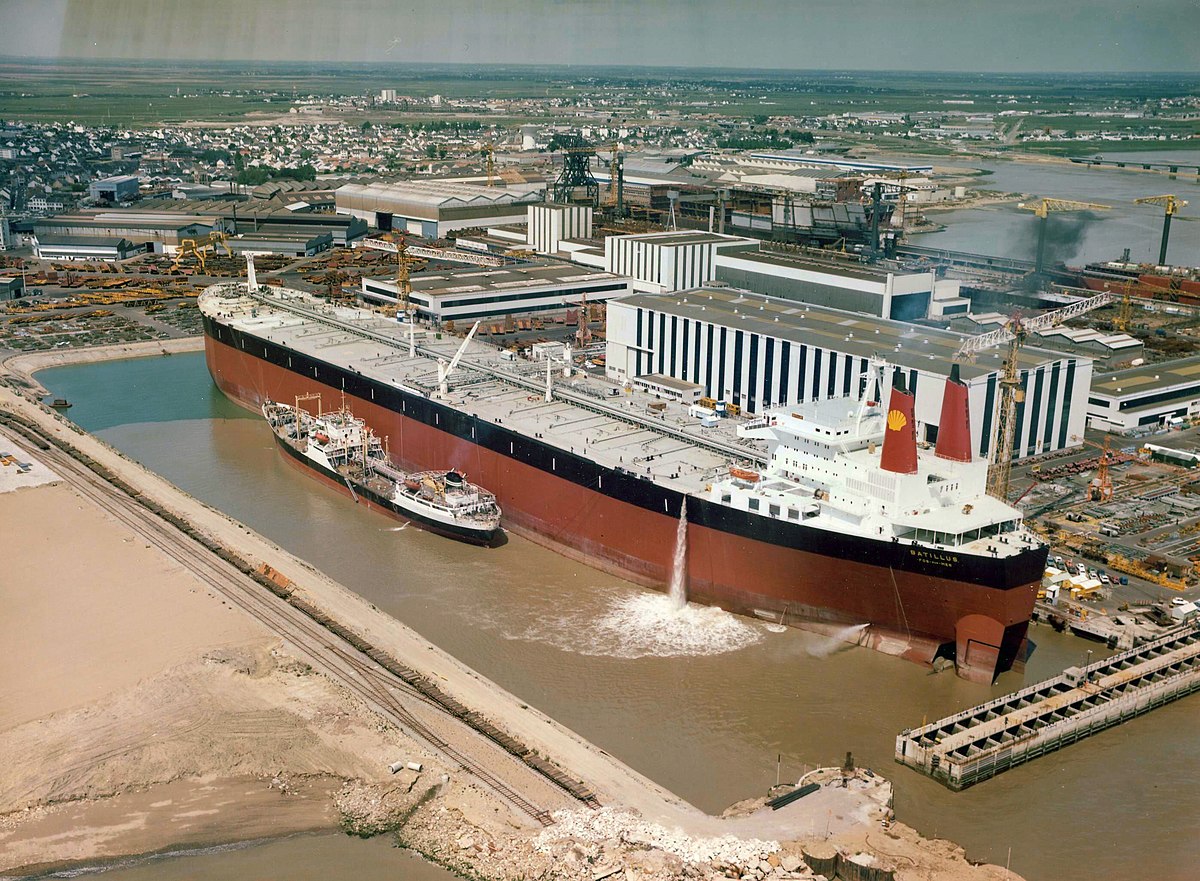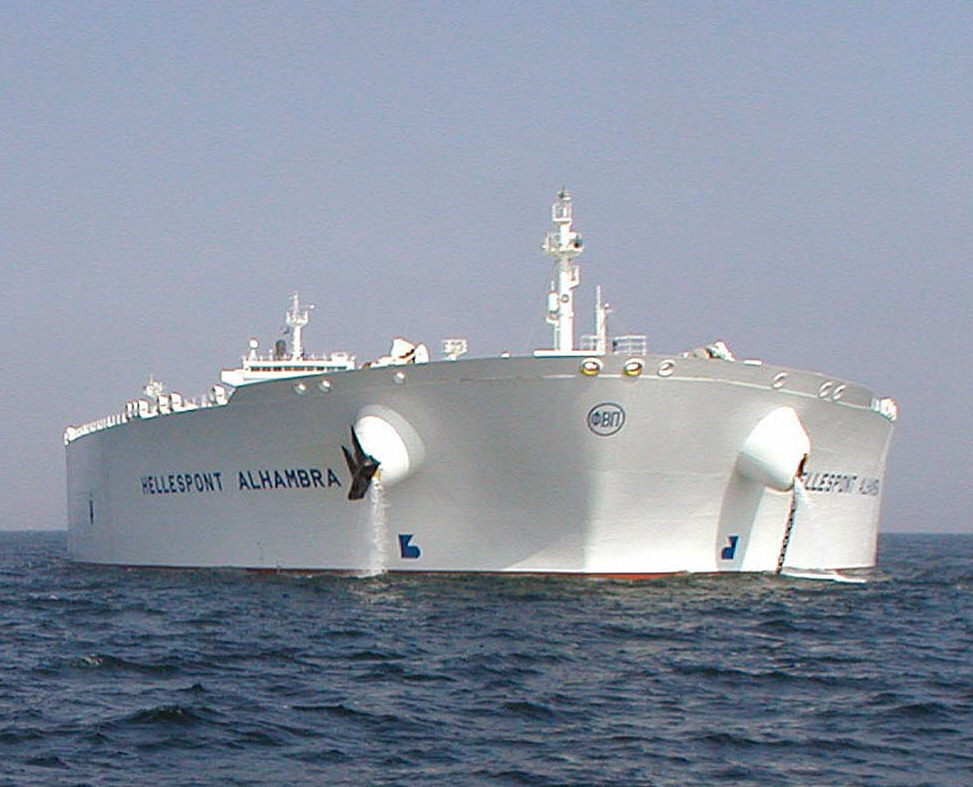A petroleum tanker, often known as an oil tanker, is a ship designed to transport oil or its products in bulk.
Crude tankers and product tankers are the two types of oil tankers available. Crude tankers transport vast amounts of unrefined crude oil from the extraction site to refineries.
Product tankers, which are usually much smaller, transport refined products from refineries to places near consumer markets.
The focus of this article, however, is not on the different types of oil tankers, but rather on the world’s longest oil tankers, which will be detailed in the following paragraphs.
1. Seawise Giant
The Seawise Giant was the world’s largest oil tanker. It was the world’s longest self-propelled ship at the time.
Seawise Giant was its initial name, although it was afterward renamed Happy Giant, Jahre Viking, Knock Nevis, and eventually Mont. This ship measured 458.46 meters in length (1,505.1 ft).
Sumitomo Heavy Industries in Kanagawa, Japan, built the Seawise Giant. Because of its draft, this oil tanker could not traverse the English Channel, the Panama Canal, or the Suez Canal while traveling across the Atlantic Ocean.
During the Iran-Iraq war in 1988, the Seawise Giant was sunk after being damaged by munitions. It was later recovered and converted into a floating storage vessel.
Its final journey was in 2009 after which it was sent for scrapping.
2. Pierre Guillaumat
The supertanker Pierre Guillaumat was built in 1977 for Compagnie Nationale de Navigation by Chantiers de l’Atlantique in Saint-Nazaire.
It was the third of the Batillus class supertankers (the other three were Batillus, Bellamya, and Prairial, all slightly smaller) and was notable for being the largest ship ever built (by gross tonnage).
Only Seawise Giant, which was originally smaller when built-in 1976 but was later stretched and enlarged, surpassed it in length, deadweight tonnage, and displacement.
It has a total length of 414.23 meters (1,359 ft)
3. Prairial
By Jacques Girard Link
Prairial was a ULCC oil tanker with four Stal-Laval steam turbines capable of producing up to 65,000 horsepower. Prairial was the longest-serving of her three sisters, serving from 1979 to 2003.
Throughout her service, she was sold to new owners and renamed Sea Brilliance, Hellas Fos, and Sea Giant. She was retired from service in 2003 and scrapped the same year at Gadani, Pakistan.
Its total length is 414.22 meters (1,359 feet), which is the same as that of its sister ships, Bellamya and Batillus.
4. Esso Atlantic and Esso Pacific
The Esso Atlantic and Pacific were two of just seven ships in nautical history to exceed 500,000 tons deadweight. Between 1977 and 2002, they carried a gross tonnage of 235,000 tonnes and a deadweight tonnage of 508,628 tonnes.
These two Esso Atlantic class ships have a fully laden draft of 25.3 m (83 ft) when at sea, making it difficult for them to cross the English Channel, the Suez Canal, or the Panama Canal when fully loaded.
They were 406.57 meters (1,333.89 feet) long and 31.22 meters (102.43 feet) deep.
When Esso Eastern Marine Ltd., Bermuda, sold them to Ceres Hellenic Shipping Ent. Ltd., Greece, in 2002, they were renamed Katepan Giannis. They were both scrapped in Gadani Beach, Pakistan, in August and September 2002.
5. Nai Superba and Nai Genova
In 1978, the Nai Superba and her sister, the Nai Genova, were introduced as Ultra Large Crude Carriers (ULCC). They were built in Göteborg, Sweden, at Eriksbergs Mekaniska Verkstad AB.
They were among the final ships built there until it closed in 1979 owing to financial problems that began when Japanese shipyards gained a foothold in the business.
Nai Superba and Nai Genova were steam-powered ships with a length of 381.81 meters (1,253 feet).
They transported chemicals to ports all over the world, despite their origins as oil tankers.
They were sold numerous times between 1985 and 1997, notwithstanding their adaptability.
After three more years of economic hardship, the tragic decision was made to scrap them in 2000 (for Nai Genova) and 2001 (for Nai Superba).
6. Berge Emperor and Berge Empress
Mitsui built the Berge Emperor and her twin sister Berge Empress supertankers in Japan in 1975.
They were both launched in the same year by Bergesen d.y. & Co. Berge Emperor lasted until 1986, and Berge Empress lasted another eight years before being demolished.
They were two of the largest oil tankers ever built, with a combined length of 381.82 m (1,252.7 ft).
7. TI-Class Supertankers
By PA2 Dan Tremper, USCG. Link
The four TI class supertankers, TI Africa, TI Asia, TI Europe, and TI Oceania, were built by Daewoo Shipbuilding & Marine Engineering in Okpo, South Korea, for the shipping company Hellespont Group, and entered service between March 2002 and April 2003.
They are the first ULCCs to be constructed in 25 years.
Unlike the other five, they are still in service and have a length of 380 meters (1,246 feet 9 inches), making them the world’s largest oil tankers currently.
8. Fso Safer
The oil tanker Esso Japan was built by the Hitachi Zosen Corporation in Japan in 1976. She has a length of 362 meters (1,188 feet) and is propelled by a single steam turbine with a service speed of 15.5 knots (17.8 mph).
Safer was captured by Houthi forces in March 2015, during the early days of the Yemeni Civil War, after they took control of the shoreline surrounding her mooring.
Her structural state deteriorated substantially during the next few years, posing the threat of a catastrophic hull breach or an explosion of oil vapors that would normally be contained by inert gas generated on board.
The dimension of stuff has been an interest of mine ever since I was a child. What I believe is most fascinating about the dimension of stuff is how extremely long, tall and wide some objects are both on earth and in the universe.




